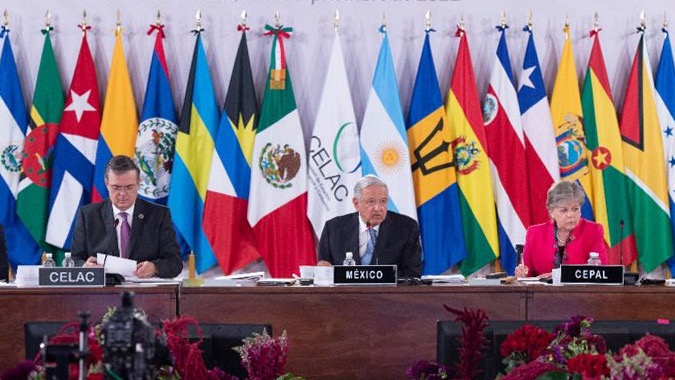Counter-Narcotics Collaboration: A Pan-American Imperative
The illicit drug trade casts a long shadow across North and South America, undermining regional security and jeopardizing public health. This pervasive threat demands a unified, collaborative response, transcending national borders and fostering unprecedented levels of cooperation between nations.
South America's historical role as both a source and transit point for illicit narcotics, coupled with the substantial drug consumption in North America, creates a complex dynamic. While past collaborations have yielded some successes, the evolving tactics of drug cartels necessitate a more comprehensive and adaptable strategy. This requires a significant shift towards a truly integrated, pan-American approach.
The Foundation of Effective Counter-Narcotics Strategies
Addressing the transnational nature of drug trafficking necessitates robust international cooperation. No single nation possesses the resources or capabilities to effectively combat this sophisticated criminal enterprise alone. A coordinated approach, leveraging shared intelligence, resources, and expertise, is paramount to disrupting trafficking networks and dismantling criminal organizations. This requires a paradigm shift from isolated national efforts to a unified, regional strategy.
Joint Law Enforcement and Enhanced Border Security
Joint law enforcement operations, facilitated by open communication and mutual trust, are essential. This includes coordinated intelligence sharing, joint operations to intercept drug shipments, and targeted efforts to apprehend key figures within the trafficking networks. Simultaneously, strengthening border security through advanced technology, best-practice sharing, and comprehensive training for law enforcement personnel is crucial in preventing the cross-border movement of illicit drugs.
Information Sharing, Judicial Cooperation, and Financial Crime Disruption
Effective counter-narcotics strategies hinge on robust information sharing and intelligence cooperation. Exchanging data on trafficking routes, smuggling methods, and key players allows for more targeted enforcement efforts. Strengthening this exchange, possibly through enhanced regional platforms modeled on successful initiatives, is critical. Furthermore, close judicial cooperation, including extradition treaties and mutual legal assistance agreements, is essential to ensure that criminals face justice. This requires harmonizing legal frameworks across nations to prevent legal loopholes that facilitate evasion.
The vast financial proceeds generated by drug trafficking must be addressed through concerted anti-money laundering measures. Strengthening financial intelligence capabilities and disrupting the flow of illicit funds significantly undermines the profitability of these criminal enterprises.
Addressing Demand and Building Capacity
While supply-side interventions are critical, addressing the root causes of drug demand is equally important. Investing in comprehensive drug education, prevention programs, and readily accessible treatment facilities is crucial in reducing addiction rates. This multifaceted approach directly impacts the market viability of the drug trade itself.
Capacity building and resource allocation in South America remain vital. North American support, through financial assistance, training programs, and technological advancements, can significantly strengthen the capabilities of their Southern counterparts. This shared responsibility ensures a more equitable and effective counter-narcotics effort across the continent.
A Holistic Approach: Engaging Stakeholders and Promoting Regional Integration
A truly effective approach requires engagement with civil society, community leaders, and grassroots movements. Empowering local communities, fostering alternative livelihoods, and raising public awareness are vital in creating a culture of collective responsibility. Regional integration platforms, such as the Organization of American States (OAS), provide critical avenues for dialogue, policy harmonization, and coordinated strategies.
Learning from successful international counter-narcotics models, like the Merida Initiative, and adapting them to the specific contexts of North and South America can significantly enhance collaborative efforts. This requires a constant assessment of current strategies and a willingness to adapt and innovate.
Public engagement is paramount. Public awareness campaigns, educational initiatives, and community outreach programs empower individuals to actively participate in reporting suspicious activities and supporting law enforcement. This collective effort builds a stronger foundation for success.
Conclusion: A Call to Action for a Drug-Free Americas
Combating the illicit drug trade demands a united front. Through collaborative action across law enforcement, intelligence sharing, border security, and demand reduction, North and South America can effectively disrupt drug networks and mitigate the devastating social and economic consequences of drug abuse. This is not merely a regional challenge; it is a shared responsibility demanding a unified response. We must collectively work towards a drug-free future for the Americas.



